Moving a semi-trailer may appear to be a straightforward task—after all, it’s just like moving any other large vehicle. However, the complexities involved in handling, transporting, and setting up a semi-trailer demand careful planning and execution. In this guide, we outline the crucial steps and considerations for moving semi-trailers effectively and safely.
Understanding the Basics of Semi Trailer Transport
Before diving into the logistics of moving a semi-trailer, let’s clarify what a semi-trailer is. Commonly used in freight transportation, a semi-trailer is a trailer with wheels at the back and is typically designed to be attached to a tractor unit for mobility. These trailers come in various configurations—flatbeds, refrigerated units, dry vans, and more—each requiring different handling procedures.
Key Types of Semi Trailers
| Type of Trailer | Description | Common Uses |
|---|---|---|
| Flatbed | Has no sides or roof; offers maximum load flexibility | Construction materials, machinery |
| Dry Van | Enclosed; protects cargo from the elements | General freight |
| Refrigerated | Temperature-controlled; maintains cargo freshness | Perishable goods |
| Tanker | Designed for liquid bulk transport | Fuel, chemicals |
| Lowboy | Low-profile; ideal for tall or heavy cargo | Heavy equipment transport |
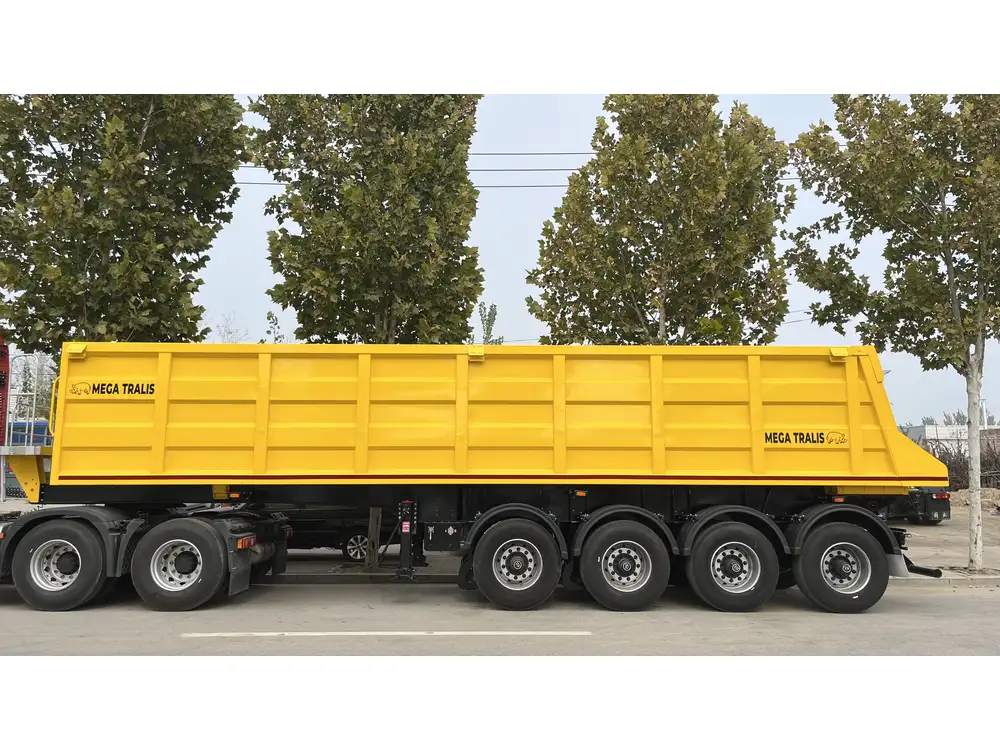
Steps to Move a Semi Trailer
1. Preparation and Planning
Before attempting to move a semi-trailer, meticulous planning is essential.
- Check local regulations: Each state has different laws regarding moving trailers, weight limits, and transport permits. Verifying this information ensures compliance and avoids fines.
- Assess your equipment: Ensure you have the right towing vehicle—a suitable tractor or truck that can handle the weight and dimensions of the trailer.
- Gather necessary documents: This includes permits, registration, and insurance.
2. Safety First
Safety is paramount when moving a semi-trailer. Here are critical safety measures:
- Conduct a pre-trip inspection: Examine the trailer and tractor for mechanical issues, ensuring lights, brakes, and coupling devices are functional.
- Use proper gear: Protect yourself with gloves, safety glasses, and reflective clothing.
- Notify others: Inform your team or nearby personnel about the movement.

3. Coupling the Semi-Trailer
Step-by-Step Guide to Coupling:
- Align the Tractor and Trailer: Ensure the tractor is directly in front of the trailer.
- Check the Kingpin: The kingpin, a part of the trailer coupling system, should be aligned with the fifth wheel on the tractor.
- Secure the Connection: Lower the tractor onto the trailer, ensuring that the kingpin locks into the fifth wheel properly.
- Test the Connection: Slowly pull forward to verify that the trailer is securely attached.
4. Loading and Balancing the Trailer
Proper loading is vital for stability during transport. Follow these steps:
- Distribute Weight Evenly: Ensure that cargo is spread evenly across the trailer axles to prevent tipping or swaying.
- Secure the Load: Utilize straps, chains, or nets to secure cargo, preventing movement during transit.
- Check Weight Limits: Confirm that the combined weight of the tractor and trailer does not exceed the legal weight limit for road travel.
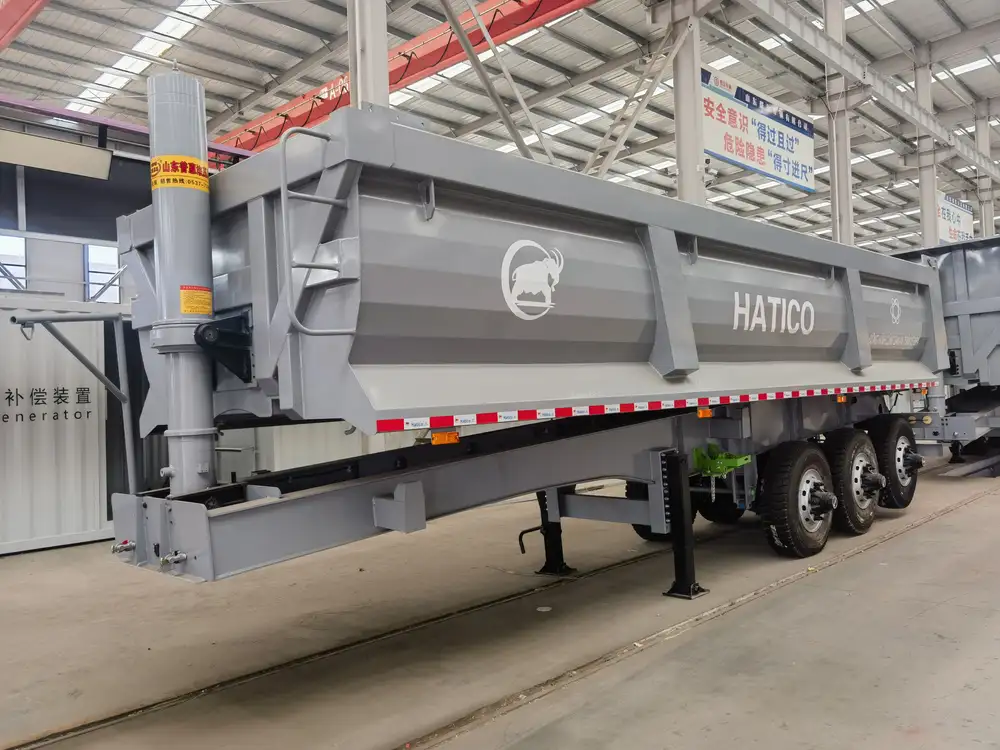
5. Route Planning
Selecting the right route is essential for a successful move. Consider these factors:
- Road Conditions: Prefer paved roads, and avoid areas with heavy construction.
- Height Restrictions: Plan your path to avoid low bridges and canopies.
- Hazardous Areas: Identify potential hazards such as narrow lanes, sharp turns, or steep grades.
6. Driving Tips for Moving Semi-Trailers
Handling a semi-trailer on the road is different from driving standard vehicles. Here are essential driving techniques:
- Practice Smooth Acceleration and Braking: Gradual movements prevent load shifting.
- Maintain Safe Distances: Due to the longer stopping distance required by semi-trailers, always keep a safe gap between your vehicle and others.
- Utilize Mirrors Effectively: Adjust your mirrors properly to minimize blind spots.
Common Challenges and Solutions
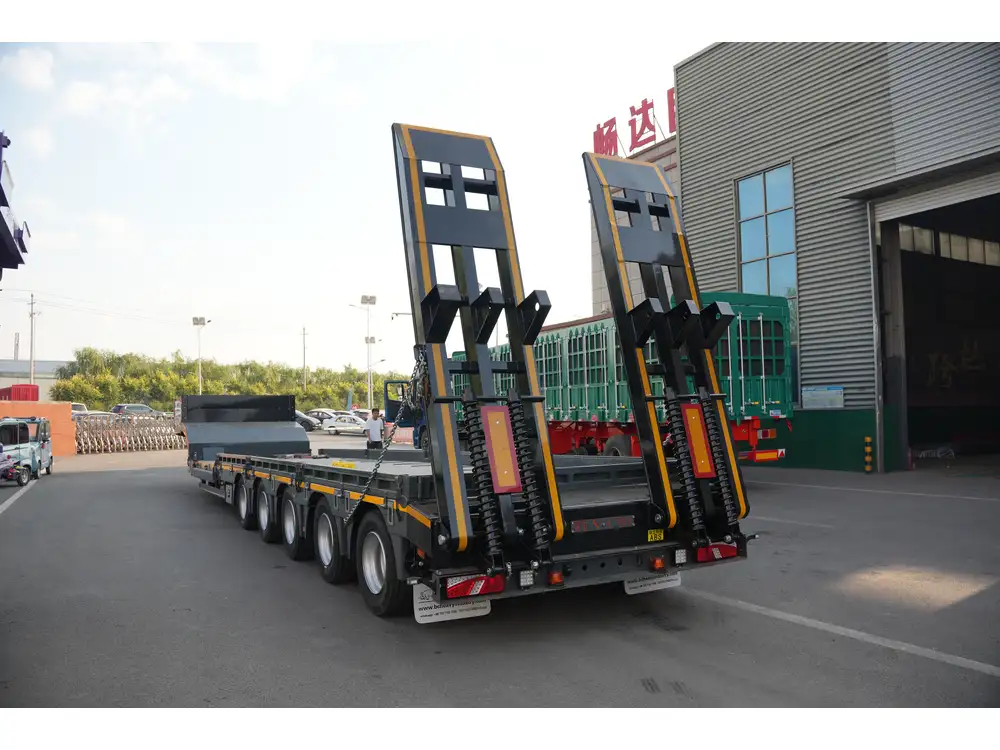
1. Tire Blowouts
One of the most common issues while transporting semi-trailers is tire blowouts.
Solution: Conduct regular tire inspections and maintain proper inflation. Always carry a spare tire and appropriate tools for emergencies.
2. Load Shift Due to Excessive Turns
Taking sharp turns can lead to load shifts that destabilize the trailer.
Solution: Approach turns with caution and significantly reduce speed. If possible, make wider turns to mitigate the risk.
3. Weather Conditions
Adverse weather can severely impact driving conditions, especially with larger vehicles.
Solution: Monitor weather updates and, if necessary, postpone the move. When driving in rain or snow, reduce speed and increase following distances.
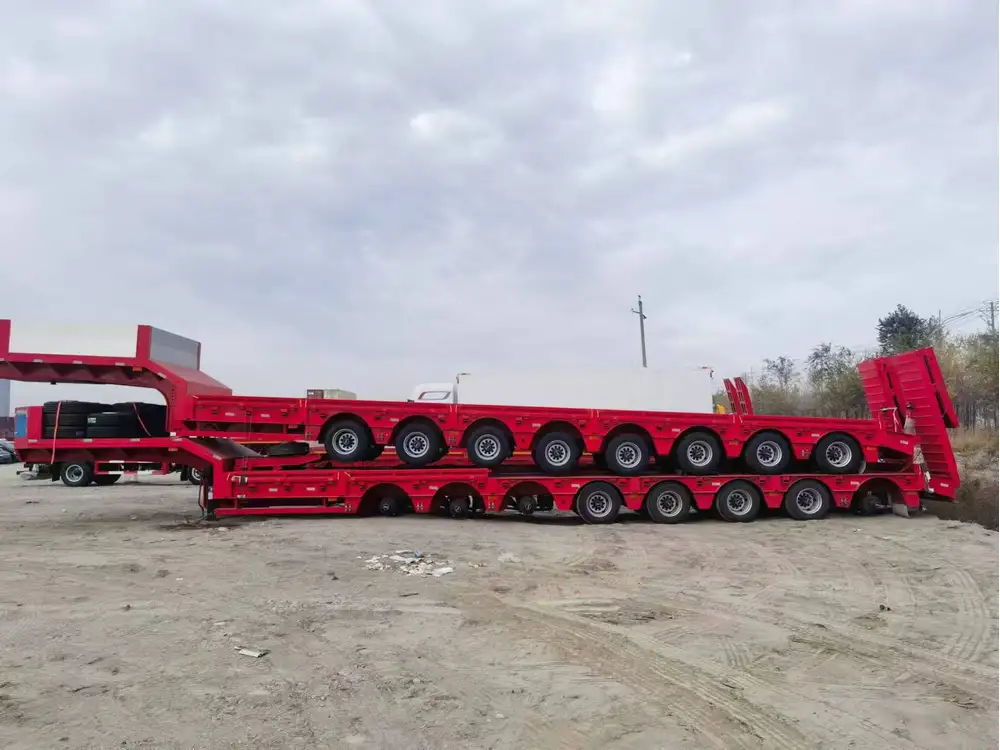
Advanced Techniques for Trailer Movement
Once you’re familiar with the basic steps, consider incorporating advanced techniques for enhanced efficiency:
1. Use of Dollies
For semi-trailers that need to be moved without a tractor, dollies can be invaluable.
| Type of Dolly | Use Case |
|---|---|
| 2-Wheel Dolly | Best for lighter trailers |
| 4-Wheel Dolly | Suitable for heavier loads and stability |
2. Utilize GPS Technology
While traditional maps work, modern technology provides real-time navigational data for safer decision-making.

3. Hiring Professional Services
If the task feels overwhelming, hiring a professional transport service might be beneficial. They possess the required expertise and equipment to handle complex moves.
Conclusion
Moving a semi-trailer requires a calculated approach involving a thorough understanding of various factors including equipment readiness, safety regulations, load management, and driving techniques. By adhering to this guide, individuals can ensure that they transport semi-trailers safely and efficiently.
Key Takeaways
- Always prepare and plan before moving a semi-trailer.
- Ensure loads are properly balanced and secured.
- Choose safe, compliant routes, and obey all traffic laws.
- Stay vigilant about safety checks and regular equipment maintenance.
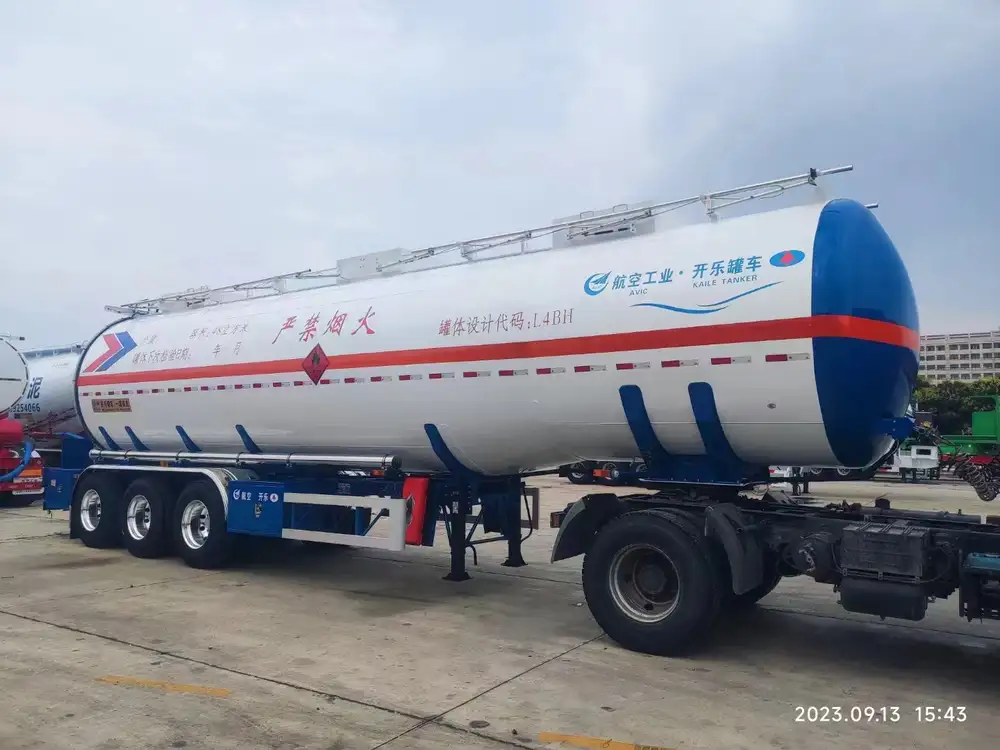
Frequently Asked Questions (FAQs)
What are the legal requirements for moving a semi-trailer?
- Requirements vary by state but generally include permits and compliance with weight regulations. Contact local authorities for specific details.
Can I move a semi-trailer without a commercial license?
- Typically, yes, if the trailer is within specific weight limits. However, it’s essential to verify local laws.
What should I do in case of an emergency during transport?
- Ensure you have emergency contacts saved, carry a first aid kit, and have roadside assistance information on hand.
By applying the insights and strategies outlined in this guide, you can master the art of moving semi-trailers, ensuring a secure and efficient transportation experience.



